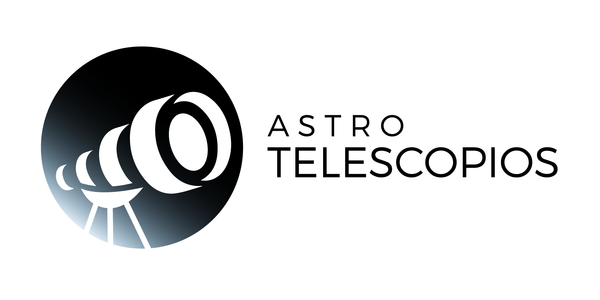
What can and cannot be seen through a telescope?
It depends on the size and performance capacity of the telescope.
What accessories do I need?
The accessories depend on what you want to observe. Generally speaking, though, the most sensible thing to do is to start by putting together a good set of eyepieces. Most telescopes are supplied with two eyepieces that offer different magnification factors. However, it never hurts to expand the possibilities a little with additional eyepieces.
So, for example, it is best to ensure three magnification factors: small, intermediate and large (you can also opt for adjustable magnifications). For example, planets with a magnification factor of 150 or more are a most interesting observation. In contrast, the deep sky looks much better at lower magnifications.
Attention : the smaller the focal length of the eyepiece, the greater the magnification factor. However, each telescope has a maximum acceptable magnification factor.
In addition to eyepieces, you can also purchase a lunar filter or colored filters to increase contrast when observing the planets. And anyone who also wants to practice astronomy during the day should get a solar lens filter . The best solution is Baader sun protection films.
For their part, Barlow lenses increase the focal length of the telescope by 2 or 3. If you combine a 2x Barlow lens with an eyepiece, you will have double the magnification factor. If, for example, you use an eyepiece that provides a magnification of 50 to the telescope, when you combine the eyepiece with the lens the magnification factor will increase to x100. This strategy will help you save on purchasing additional eyepieces, but in our opinion it comes with some sacrifices. The eyepieces alone offer better image quality.
Do you also intend to use your telescope for terrestrial observations ? In this case we recommend that you purchase an erector lens . Telescopes always show the image downwards. Although this fact does not affect us when it comes to observing the sky, it does affect us when it comes to observing the Earth. Erector lenses flip the image so that it is seen right side up.
Astrophotography requires its own accessories. The simplest equipment is a conventional compact digital camera and a universal camera adapter. However, digital or analog mirror cameras offer better results. In addition, our catalog also includes so-called T-rings for each type of camera.
